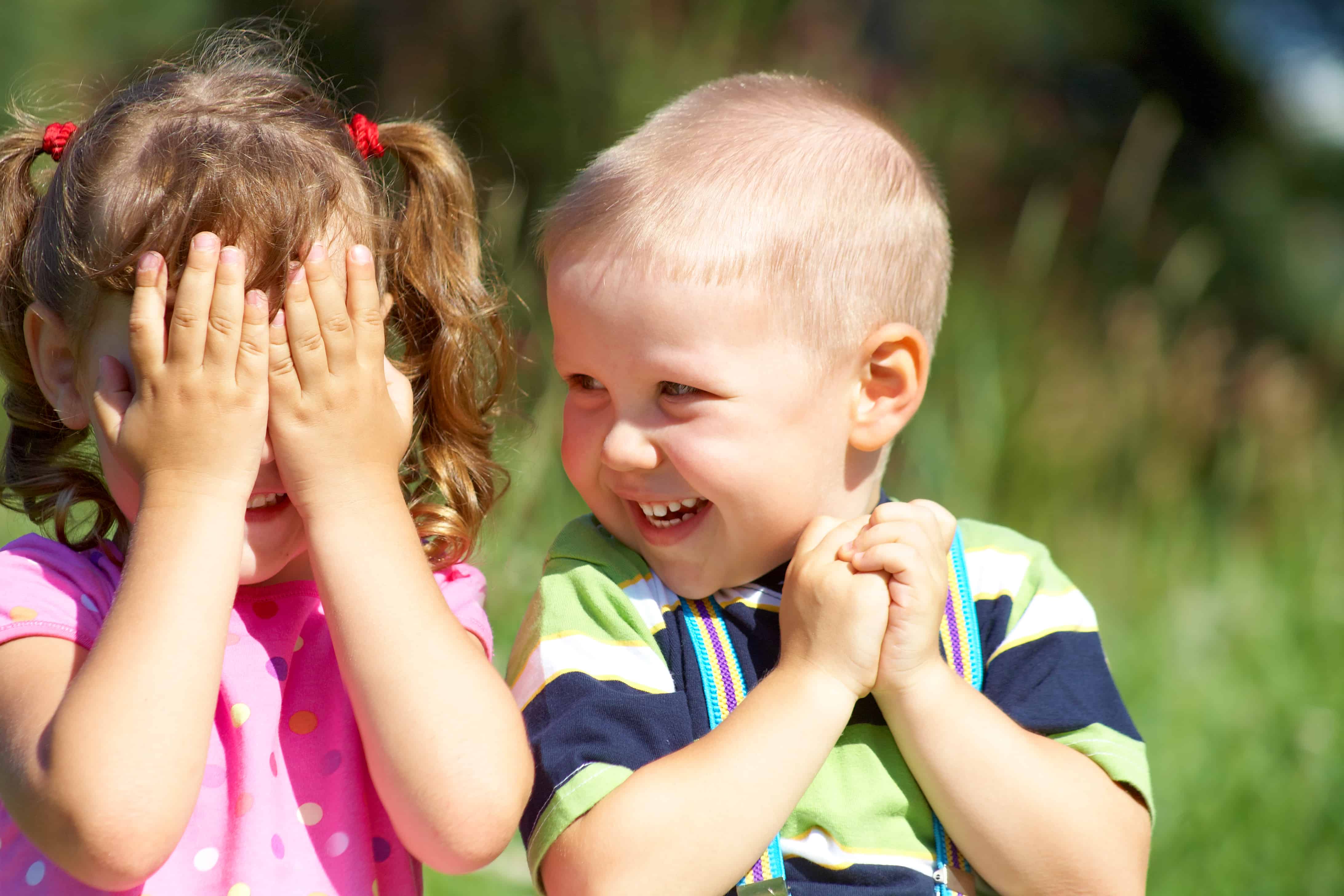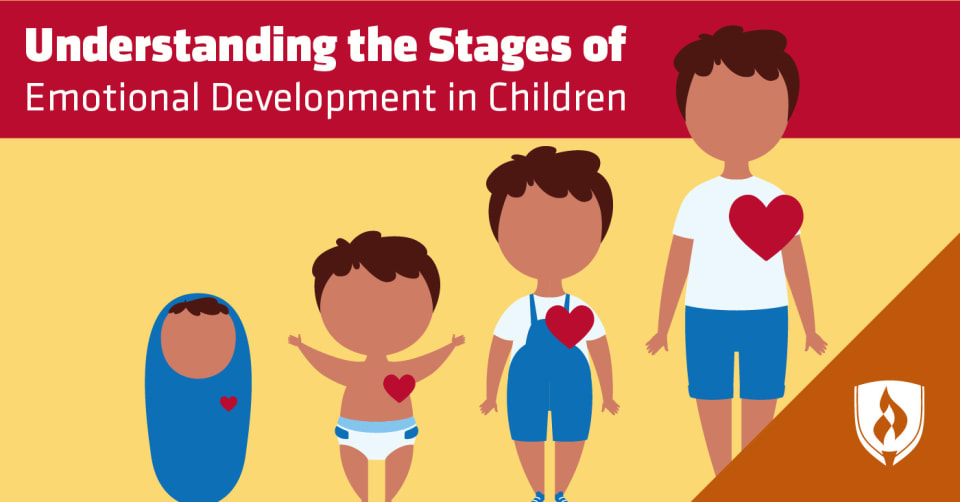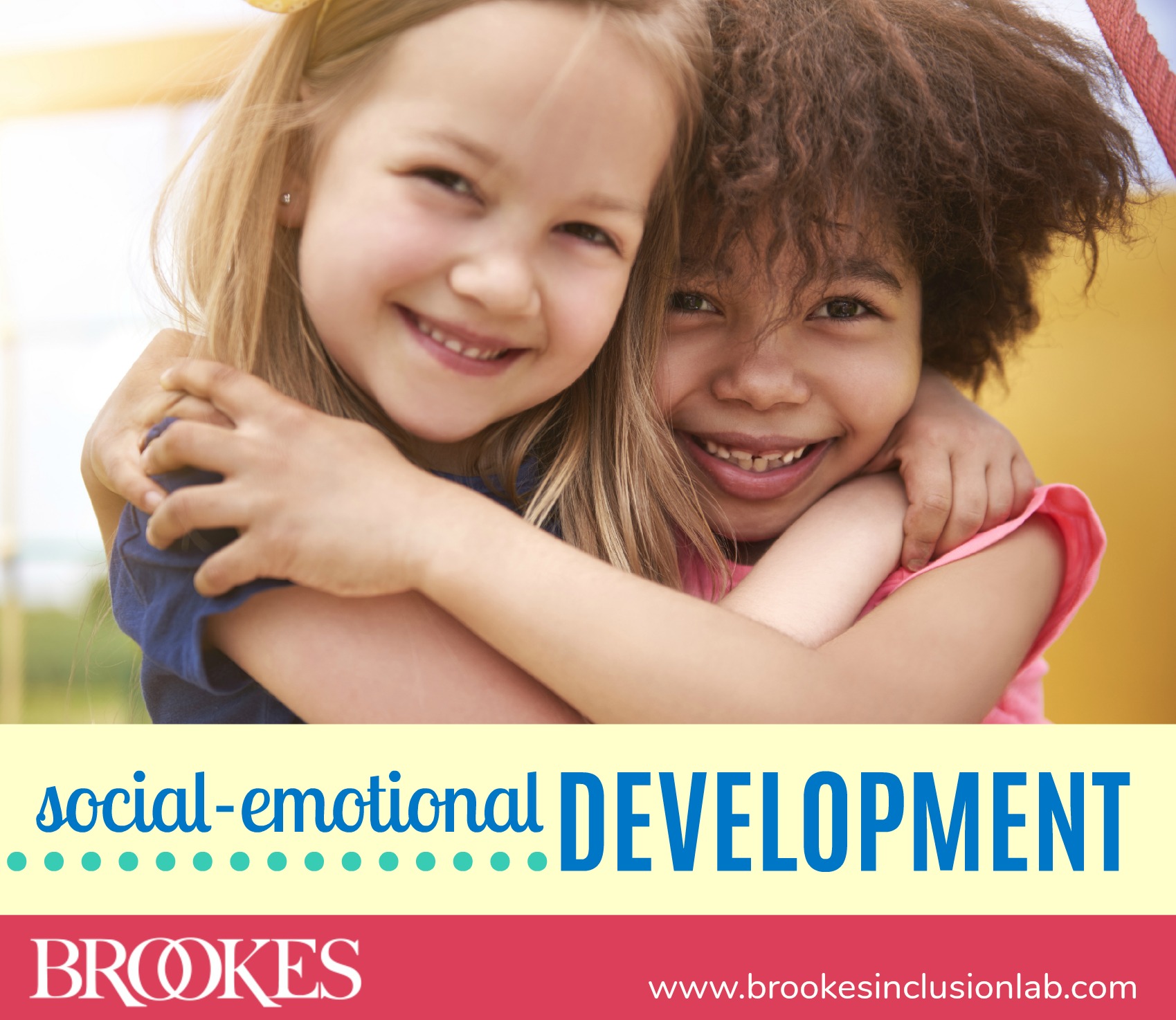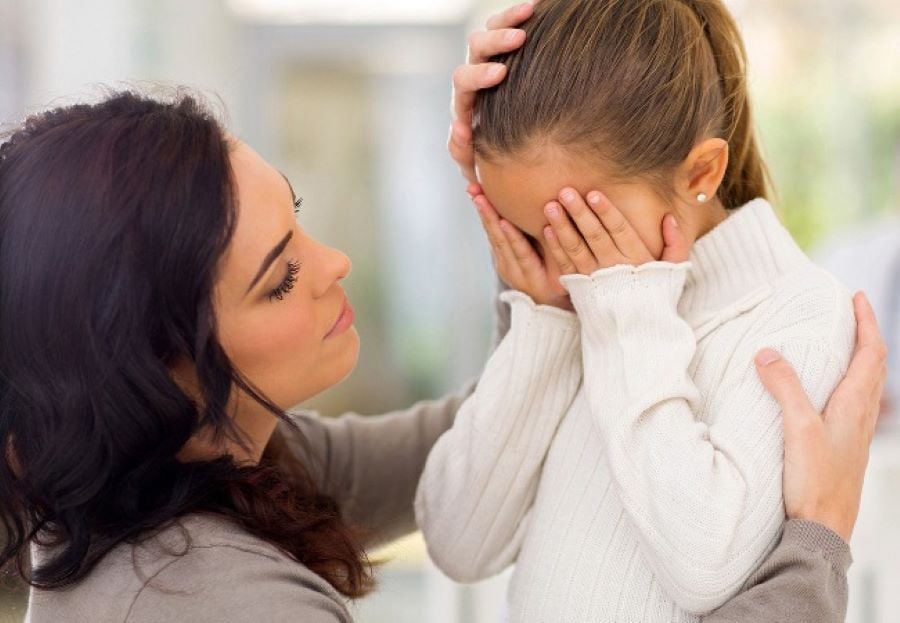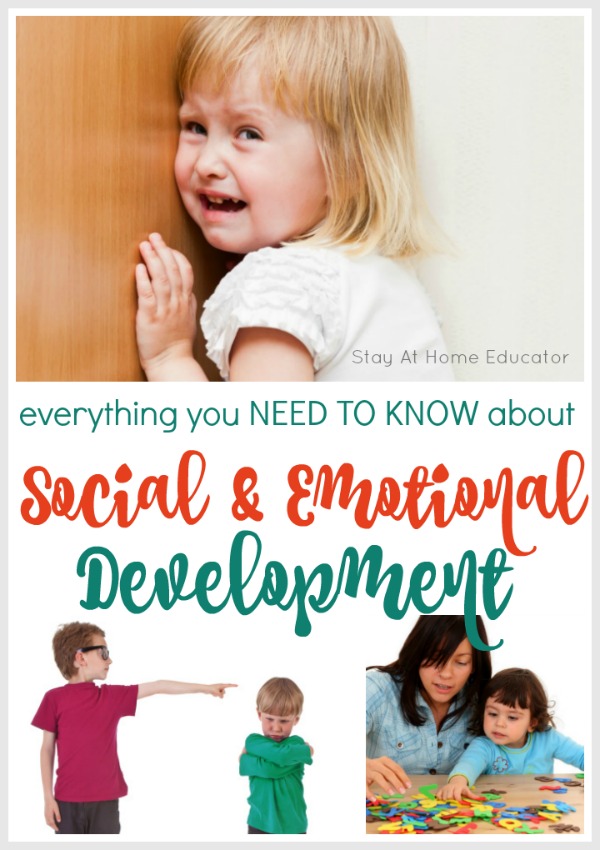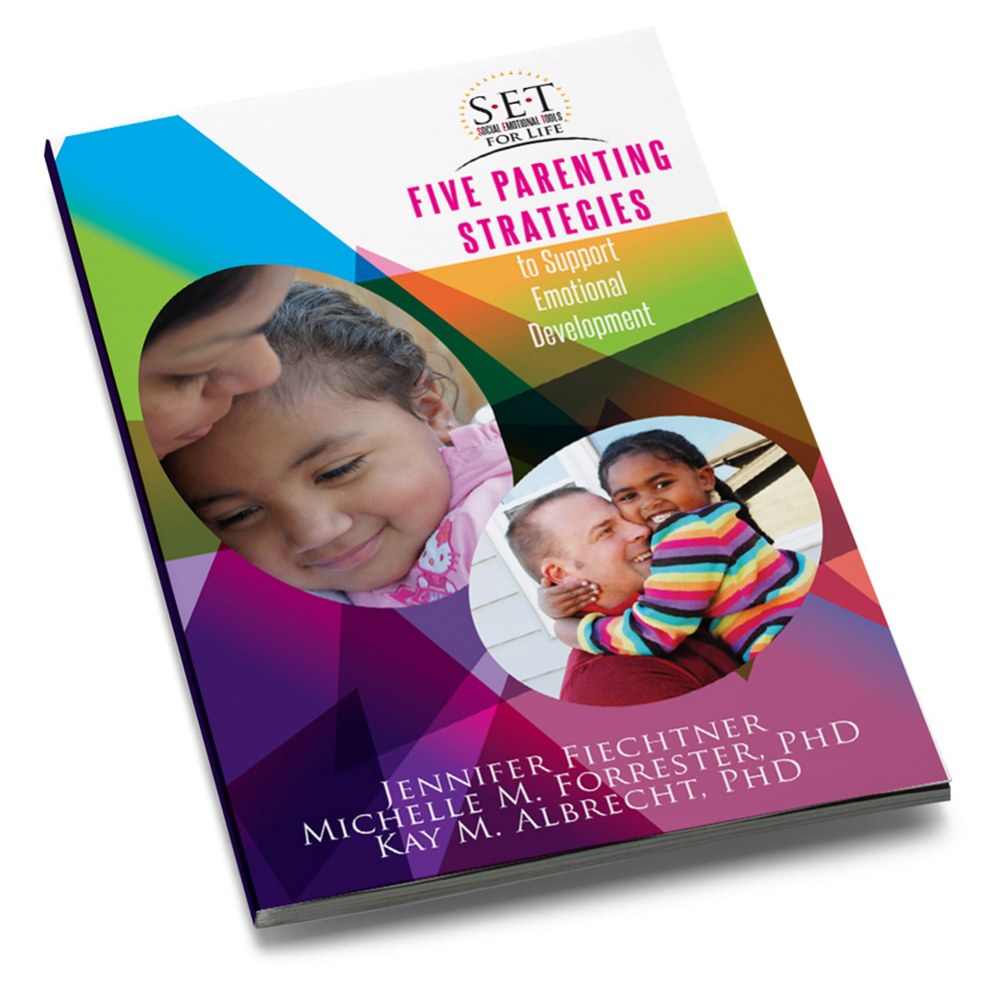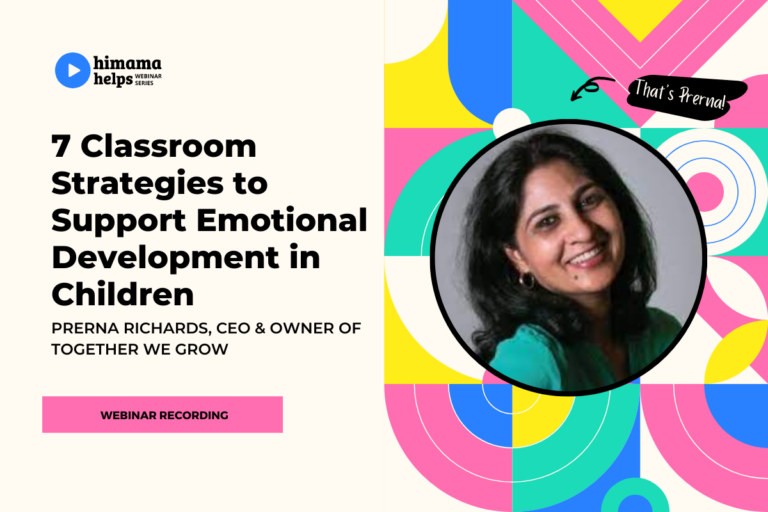Fabulous Info About How To Support Emotional Development In Children

Talk and teach:
How to support emotional development in children. Why do little ones have such big feelings? Our goal should not be. Understanding and managing emotions is important for development and wellbeing in children and teenagers.
Both the process of the assessment and the feedback offered were helpful for both the adults and the child to develop a deeper understanding of how to support. To learn this skill, children must. King harnesses that keen awareness and.
Babies and young children do not have the brain power to understand and cope with their feelings on their own. Tips for supporting children’s emotional development. They help children put themselves in other people’s shoes and therefore develop empathy.
I care about how you feel. Children usually start to work out how they feel by around 16 months. By this time, they might use facial expressions to show.
Discuss what to do if. Roleplays are great for allowing the expression of a range of emotions. Social interaction and positive relationships.
How do children come to understand their feelings? Teach your children to recognize and name their emotions. For children who have dificulty talking about their emotions, help them.
The essential role of play. Once in place, all children can learn social skills. Encourage children to talk about their emotions.
Make friends and keep friendships. 7 best games for fostering emotional development. 9 activities for toddlers and children.
Here are 7 things that every angry child needs to hear to feel understood, supported, and loved. They help make life more fulfilling and rewarding. The following article deals with emotional development and the development of emotion regulation skills in children during early childhood education,.
Supporting your child's mental health—just as you would their physical health—helps your child develop the resilience they need to deal with obstacles while. Building social and emotional learning every day starts with relationships and supportive learning environments. Keep in mind the distinction between theories of emotion and theories of emotional development.





